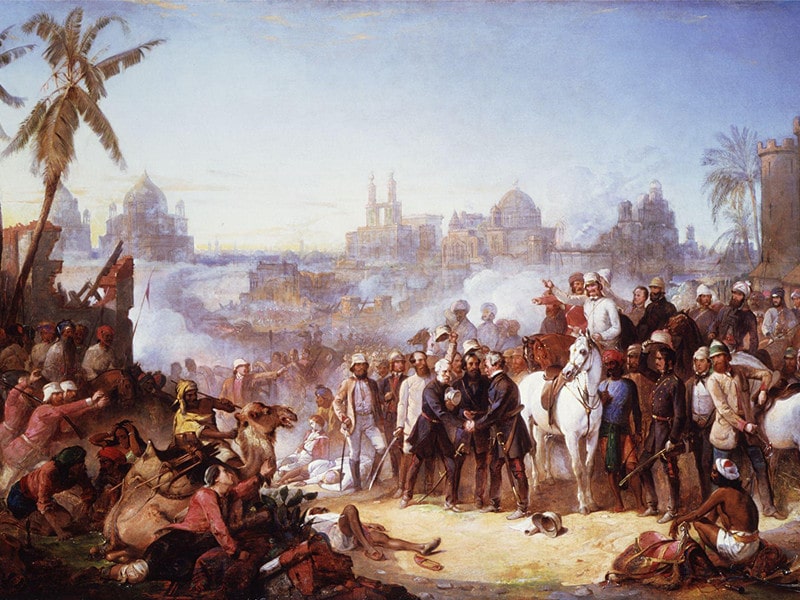The language of art
Art speaks to us, always has and always will. This language, so different and so universal, because it is common to all communities; It is the one that has always united us and gives us an idea of how the world has been until today.
It is well known that art has its variations since there are different interpretations for the same work. Where each person perceives things totally different depending on their personal experiences and their knowledge of art.
For example, a person with extensive knowledge in the field of art will not appreciate a work in the same way that someone outside the subject will. The two people will interpret it differently. But they will each have their own appreciations.
Having said this, one can recognize that a work of art is intentional; it seeks to express something as well as to provoke something in the viewer. And to this we add another interesting aspect, which is the culture, the society in which one lives at that moment. And not only in today’s society, because since ancient times art has been used to communicate something specific.
A key example of this would be primitivism. Where thirty thousand years ago primitive man had the purpose of showing his drawings, giving us an idea of what was happening. Through sketches on stones or caves, of animals, being depicted as a deadly threat and at the same time as a means of survival. This was simply it; and yet he conveyed something without the need for spoken language.
On the other hand, what we seek with art, with its language, is to bring out what we carry within us. To communicate it in a less direct way but just as effectively. Because it is also well known that sometimes words are not enough, and we resort to art.
Once we do this, it’s amazing how those thoughts can be turned into something tangible. And at the same time they are transmitted to others from the artist’s own perspective. This allows them to see the work in question from their point of view and from there the viewer creates his or her own interpretations. This is then because the artist wanted to communicate a small part of himself.
If we talk more fully about the artist, it is worth mentioning that the fact of having the intention of communicating something and carrying it out will not necessarily mean that the spectator will interpret it in the way he or she wants it to be interpreted. And this partly makes the artist.
Should the artist intend to communicate or not?
Because it can happen that the artist only wants to bring out that something that he has inside, in a certain moment. On these occasions the communicative factor is still present but in second place, since the artist acts out of some kind of emotion. That is to say, sometimes he tends to forget the communicative factor, but once the work is finished, it will come out. It will always be seen at the end of the work, as something innate to it.
It was clear that I wanted to communicate something about myself, but at the time I didn’t know how to carry it out, how to make that which I wanted to communicate be what I was capturing in my self-portrait. What I said could not be seen in my work, it did not agree, my words were meaningless once I described them. And that’s something we have to take into account as artists too. The way in which we will make that which we want to communicate be what we are really communicating.
We must know that by being aware of the communicative factor then we will put it into practice in the right way because otherwise the work would have no raison d’être for the artist in question. This is something that is acquired with practice, we learn to dominate the language and to mold it in our own way once we know how to use it properly.
And when we know this, we will have the language of art right at our feet. Ready to work with us and teach us that world of possibilities that is the world of art.

Not only between two artists and their works, but also between two movements. For example, realism and abstraction. Let’s see them simply as two different art languages; both retain their communicative factors.
It has been said that each spectator perceives a work according to his personal experiences and taking this into account, whoever feels more identified or finds more attraction in an abstract work is because something in the mind of that person related it to some other experience either consciously or unconsciously.
However, this does not mean that when seeing a realistic work he does not understand or know what it is exactly about, it also communicates something to him even though he does not feel the same connection with it as he feels with the abstract work and vice versa.
There is always something to communicate with any kind of work, whether it is our objective or not. It is important that this language remains, to continue helping us to know our world in a more implicit way and how it has worked over time. Let’s keep on creating.
